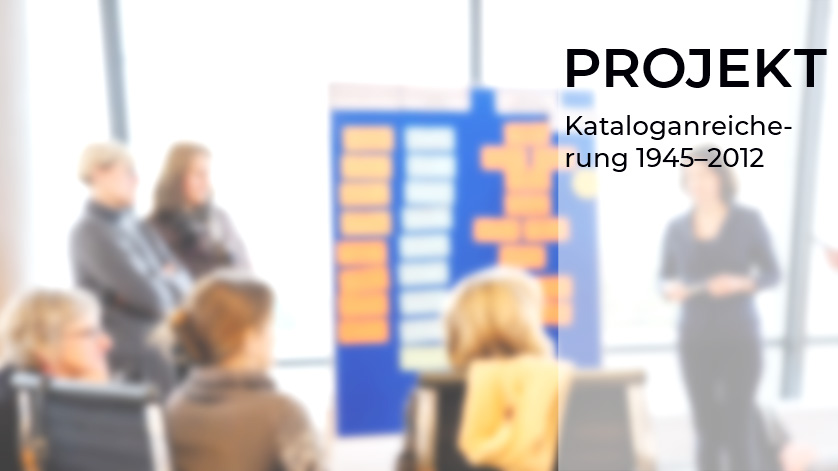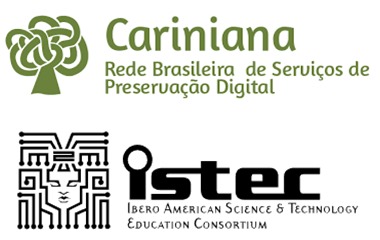NLB’s Digitisation and Digital Preservation Workflow: A Coordinated Approach to Preservation

On 7 February 2025, the National Library Board (NLB) of Singapore participated in the Digital Preservation Workflow Webinar series, organised by the Digital Preservation Coalition. The webinar showcased digital preservation strategies, with NLB highlighting its efforts in digitizing legal deposit books and newspapers, reinforcing its role as the custodian of Singapore’s documentary records. The event offered a platform for knowledge exchange and insights into digital preservation trends. NLB’s approach exemplifies its commitment to preserving national literary resources through technological advancements, shaping best practices, and fostering global collaboration in digital preservation.






